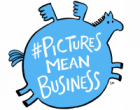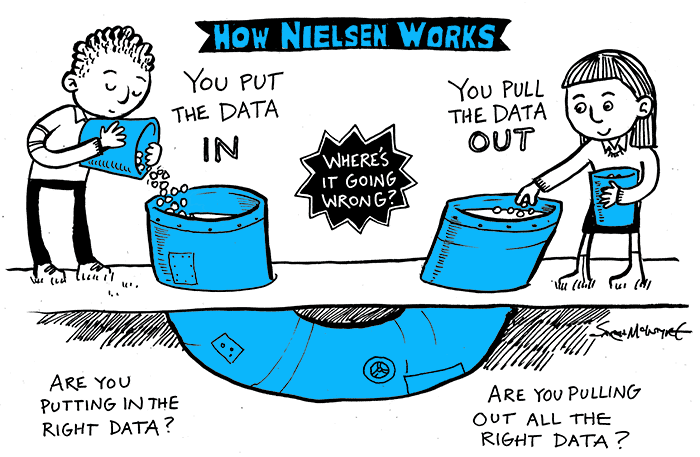#PicturesMeanBusiness
The Importance of Data
We are all working in a data driven age, where business and customers rely on finding key information quickly. Data has never been more valuable but it is only meaningful if it is complete, accurate and relevant.
Good data helps everyone make informed decisions, you can predict realistic outcomes, quantify the benefits, and ensure better efficiency.
Why Data is important to #PicturesMeanBusiness?
One word = Discoverabilty
People cannot find what is not there. A missing reference to an illustrator creates a knock-on effect of missed opportunities:
- An illustrator wins a big award; people look up their books to buy them. You want your book with that illustrator to be one of the first things they find.
- A reviewer or bookseller wants to do a feature on illustrated books. If they can’t see your book’s illustrated, or who it’s illustrated by, it’s already out of the running. You want them to have this information to help them pick your books.
- Illustrator loyalty: if your illustrator constantly finds people aren’t able to look up their books, they’re going to consider going to another publisher.
Bibliographic and Sales – simply, we want the information about books and how well they sell to include a reference to the Illustrator if the book has been illustrated.
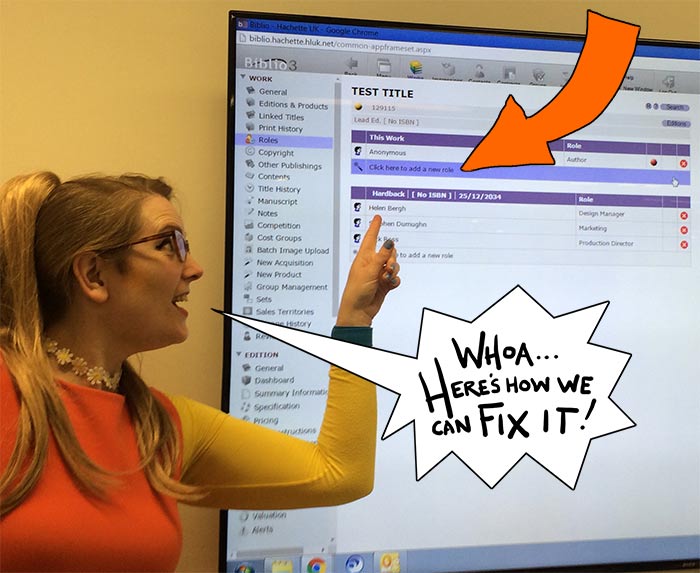
Sarah McIntyre visited Little, Brown to find out more
Sarah McIntyre has been on a DATA MISSION – you can read her full adventure here on her blog.
On her visit, Sarah discovered that the data fields are there in Biblio, the system used by many publishers, and just requires an extra click and a few seconds typing to make the difference.
 For this New Role, fill in the name of your illustrator (here it’s Jane Doe):
For this New Role, fill in the name of your illustrator (here it’s Jane Doe): Now choose ‘Illustrator’ from the drop-down menu. (Or ‘Translator’ if Jane’s a translator.)
Now choose ‘Illustrator’ from the drop-down menu. (Or ‘Translator’ if Jane’s a translator.)
And whatever system used to populate the book data, here are the fields in ONIX that often get missed.
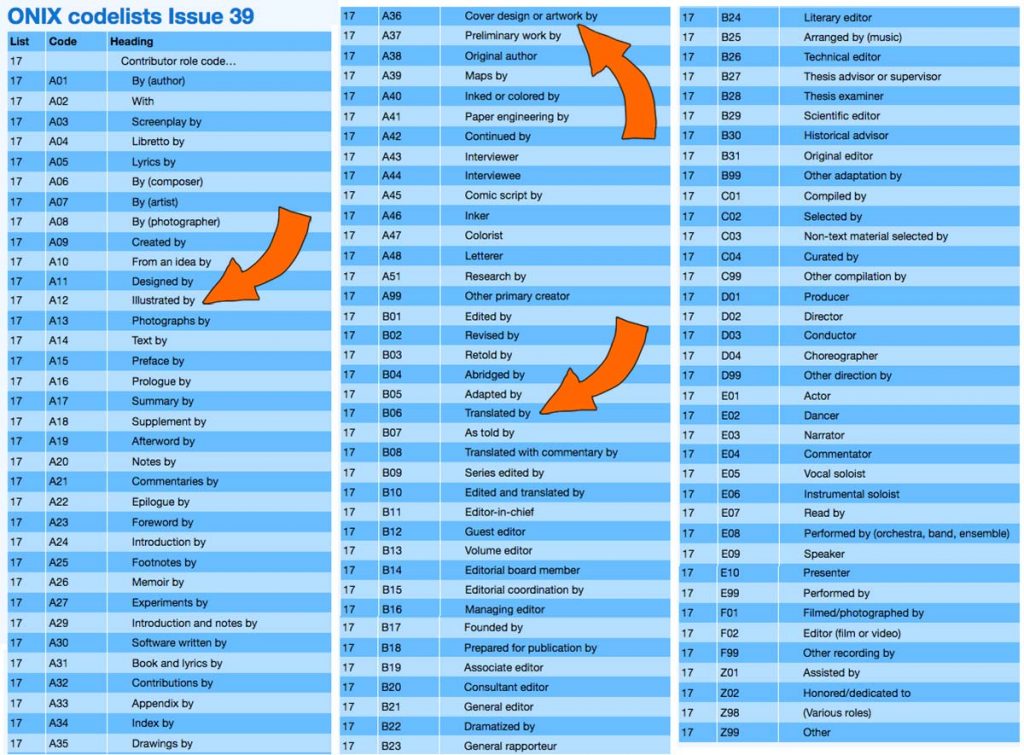
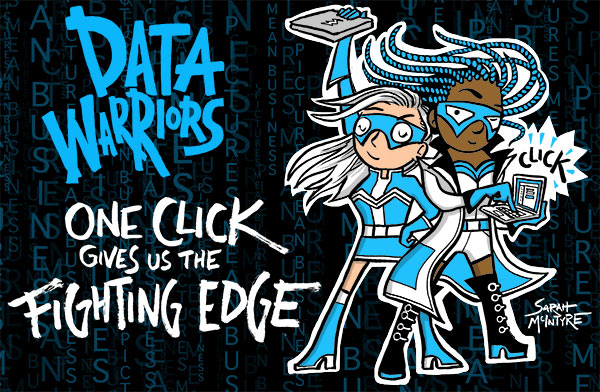
What is Meta Data?
According to the Oxford dictionary Metadata is “A set of data that describes and gives information about other data.”
Metadata is the detail that puts other data into context, and gives it more meaning. Here is an example…
Without metadata:
The Big Tree, Bob Squirrel, Sally Pigeon, 300
With Metadata:
- Title: The Big Tree
- Author: Bob Squirrel
- Illustrator: Sally Pigeon
- Number of pages: 300
Read > It’s time for publishers to get serious about metadata
SUPPORT TRANSLATORS IN OUR SISTER CAMPAIGN
Translators have very similar careers to illustrators in that they’re often freelance and rely on people knowing their names to get more work. If we’re fixing data, let’s not make them have to repeat everything illustrators have gone through, and simply credit them, too. You can follow their campaign online at
#NameTheTranslator
Read More
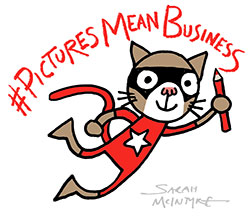
Get Involved
See how you can support the #PicturesMeanBusiness campaign
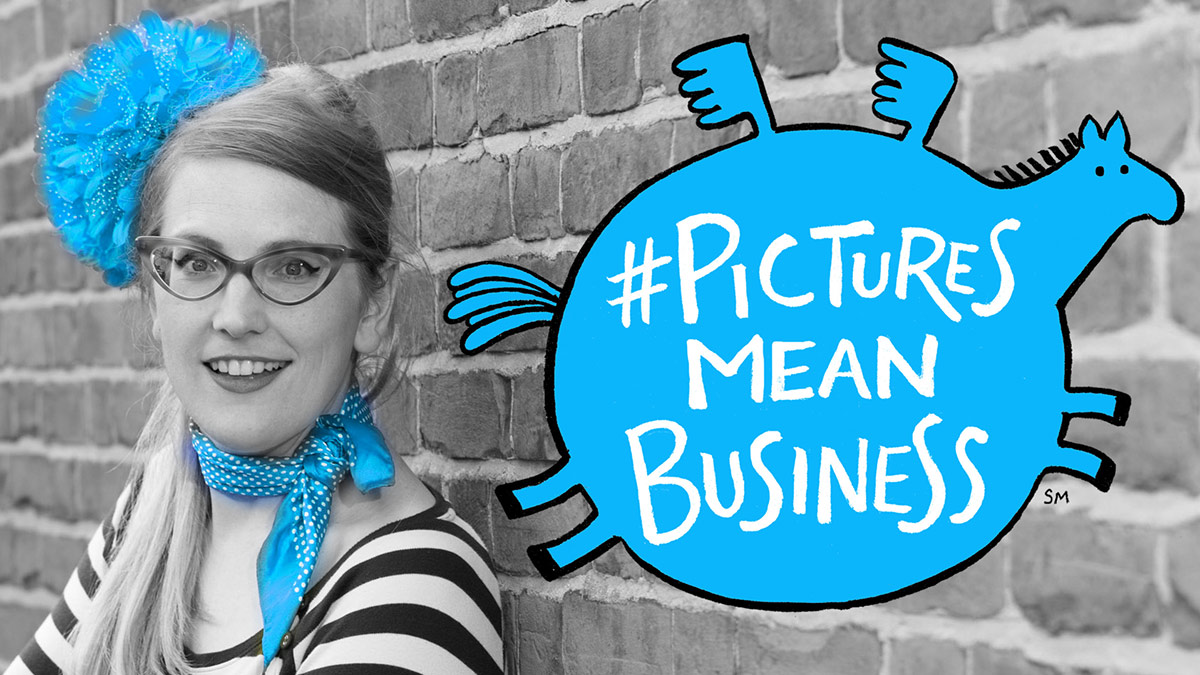
#picturesMeanBusiness in the news
Read the press coverage we have received so far including The Bookseller, The Guardian, The Irish Times, The Nation and The Telegraph.
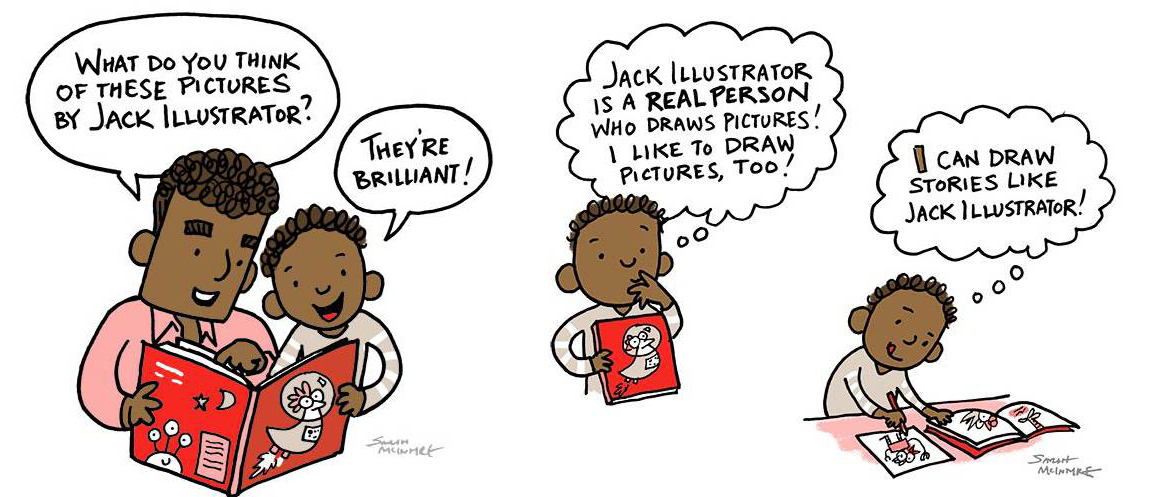
The Importance of DataThe Benefits Of Crediting Illustrators
Find out about why illustrators should be credited and how everyone can benefit if they are.
